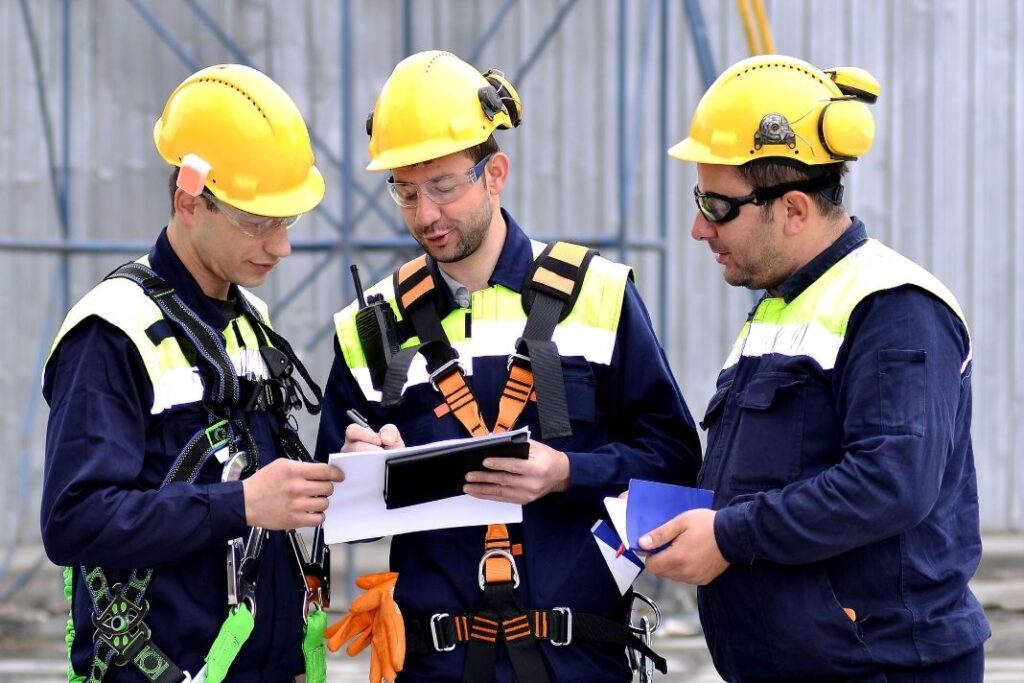
Providing adequate Information, Instruction, Training, and Supervision
Providing adequate information, instruction, training, and supervision is a fundamental requirement for creating a safe workplace. As a safety consultant, I have seen first-hand the importance of ensuring that workers have the knowledge and skills they need to work safely. In this article, I will explain why providing adequate information, instruction, training, and supervision is so important and how it should be done.
Why is it important to provide adequate information, instruction, training, and supervision?
There are several reasons why providing adequate information, instruction, training, and supervision is so important:
- Preventing incidents and injuries: Adequate information, instruction, training, and supervision help workers understand how to identify and manage hazards and reduce the risk of incidents and injuries.
- Legal compliance: WHS legislation requires employers to provide workers with adequate information, instruction, training, and supervision to ensure they can work safely.
- Improved productivity: When workers have the knowledge and skills they need to work safely, they are more efficient and productive.
- Improved morale: Workers are more likely to feel valued and supported when they are provided with adequate information, instruction, training, and supervision, which can lead to improved morale and job satisfaction.
How should information, instruction, training, and supervision be provided?
- Identify training needs: To identify the training needs of workers, a job hazard analysis (JHA) can be performed. A JHA involves breaking down each job or task into individual steps and identifying the hazards and risks associated with each step. This helps determine the knowledge and skills required to work safely. Alternatively, consultation with workers and their supervisors can be undertaken to identify specific areas where training is needed.
- Develop a training program: Based on the identified training needs, a training program should be developed. The program should be tailored to the specific job or task and should cover the hazards and risks associated with the job, the controls that are in place to manage those hazards and risks, and the procedures that workers need to follow to work safely. The training program should be developed with the aim of making it easy to understand and engaging for workers. A variety of methods such as hands-on training, e-learning, and classroom training can be used.
- Provide adequate supervision: Adequate supervision is essential to ensure that workers are able to apply what they have learned during training. Supervisors should regularly check that workers are following the correct procedures and using the correct equipment and PPE. They should also be available to answer any questions or concerns that workers may have. Supervisors should be trained in effective supervision techniques to ensure that they are able to provide the necessary guidance and support to workers.
- Monitor and review: The effectiveness of the training program should be monitored and reviewed regularly. This can be done through feedback from workers and supervisors, incident investigations, and audits. The aim is to identify any gaps in knowledge or skills and to make improvements to the training program accordingly. It is also important to ensure that the training program is kept up to date with any changes in the workplace, such as new hazards, procedures, or equipment.
It is also important to note that providing adequate information, instruction, training, and supervision should be an ongoing process. Regular refresher training should be provided to ensure that workers are up to date with the latest procedures and best practices. Supervision should be ongoing to ensure that workers continue to work safely and that any issues are identified and addressed promptly.
QSE Consultants can assist your business to provide adequate information, instruction, training, and supervision in the following ways: identifying training needs, developing a tailored training program, providing adequate supervision, and monitoring and reviewing the program. Talk to us about implementing measures to ensure your workers have the knowledge and skills they need to work safely.

